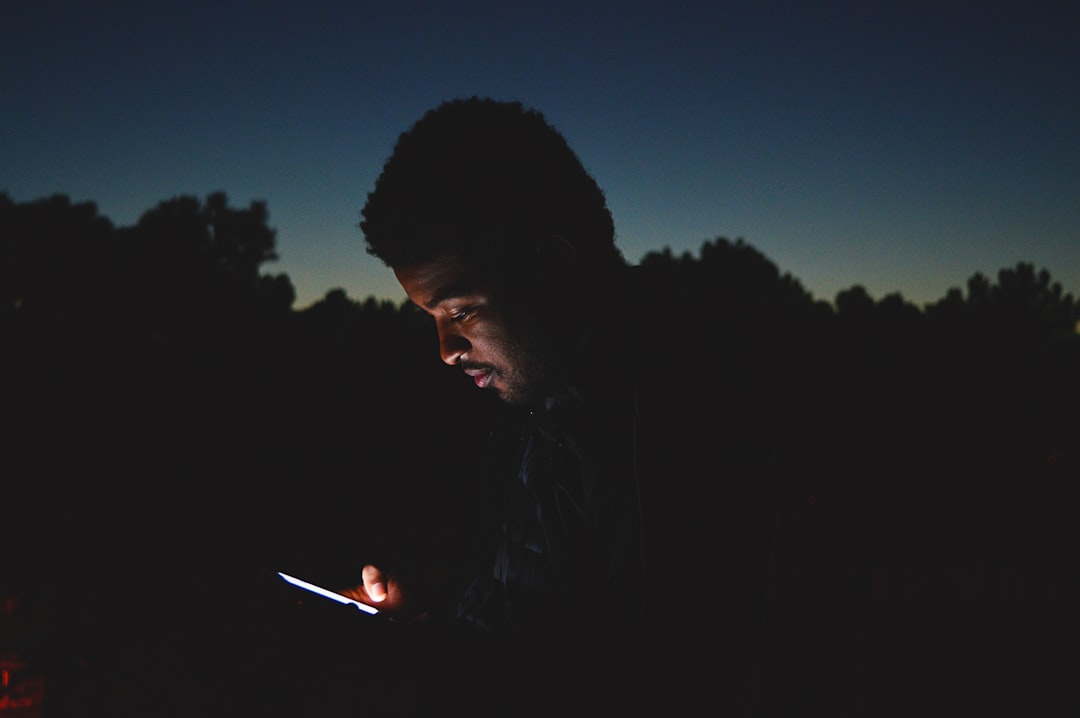Don't Share That Clip
The Internet's nature makes "raising awareness" more complicated than you think.
Chapter 7 of my forthcoming book makes the argument that the Internet does not just contain pornography, but that it is pornographically-shaped. Here’s an important section:
The web’s nature as a novelty machine, however, is intrinsic to its nature as a pornographic medium. There is a vital connection between aimless immersion in “content” and the spirit…



